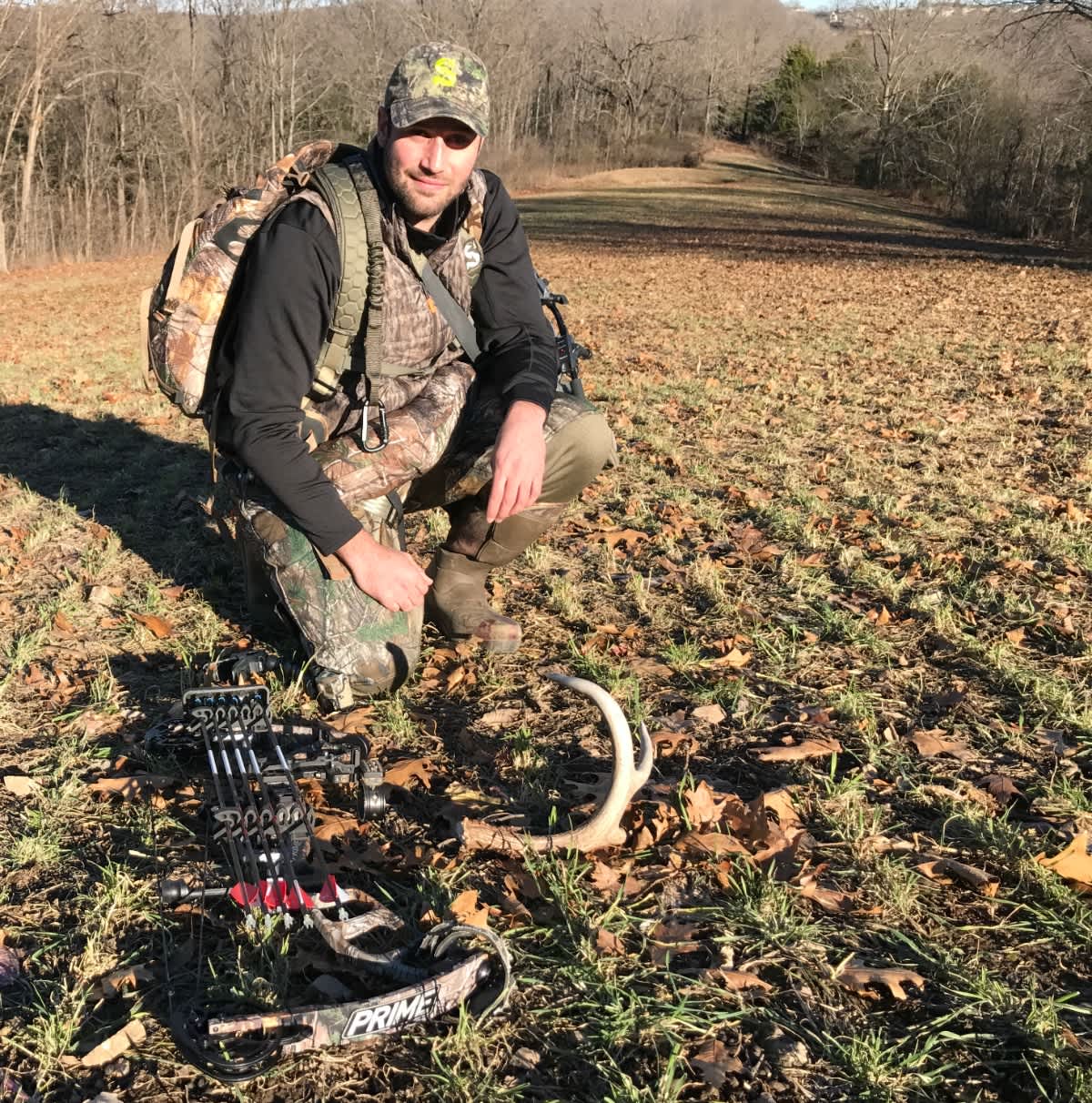Whitetail Wednesday: Ever Heard of the Time Lag Effect?
OutdoorHub Staff 01.04.17

Two weeks ago in an OutdoorHub article, I explained why the current stressful conditions could cause several bucks to shed earlier than normal this year. Bucks are stressed by the colder than normal temperatures in the northern portion of the whitetails’ range, and a wicked drought throughout much of the South during the growing season.
Often, early shedding of antlers can be used to accurately forecast lighter weight turkeys during the following spring, and smaller than average antlers for each age class the following fall.
Wild deer and turkeys often go through a cycle of growth during the warm season, then maintain or even lose body weight during the winter. The swings are primarily dependent on the quality and quantity of food sources, as well as the local population dynamics.
Does, fawns and turkeys in captivity or in areas that are heavily supplementally fed can often maintain most of their body weight during the winter. However, bucks have been documented to lose 25-plus percent of their body weight during the rut, even in small enclosures with plenty of high-quality feed. The cost of reproduction to bucks is very high due to the energy spent seeking, chasing and tending does, and fighting other bucks.
During very stressful years when high-quality food supplies are low, rutting bucks can lose so much weight that they spend a portion of the following spring regaining body weight versus putting those resources into producing big antlers.
There can even be a time lag effect. Buck fawns carried by does that were malnourished often take years to produce as large of antlers compared to buck fawns from does with access to a better diet. A severe drought and/or harsh winter this year can mean that bucks years from now could have smaller than normal antlers during the next few years.
Researchers are just now tracking enough wild free-ranging bucks (with a large enough sample size) to learn more about the time lag impacts of stress on antler development.
One thing is certain: The drought last summer and the current winter conditions will keep many bucks from expressing their full potential in the years to come. The impacts of tough winters can be somewhat offset by a great growing season in areas that produce corn and soybeans. However, the quality of a whitetail’s diet often has larger swings in timber country.
Let’s all hope for great growing conditions during 2017!
Enjoy creation!
Editor’s note: Be sure to check out Dr. Grant Woods and his popular on-demand web series that shares current information about deer hunting and deer management. The free CarbonTV videos like the one below focus on what the Growing Deer team of experienced hunters and deer managers are doing in the field week to week, including action-packed hunts, proven hunting strategies, habitat management, food plots, trail camera techniques and the gear it takes to get it all done.

